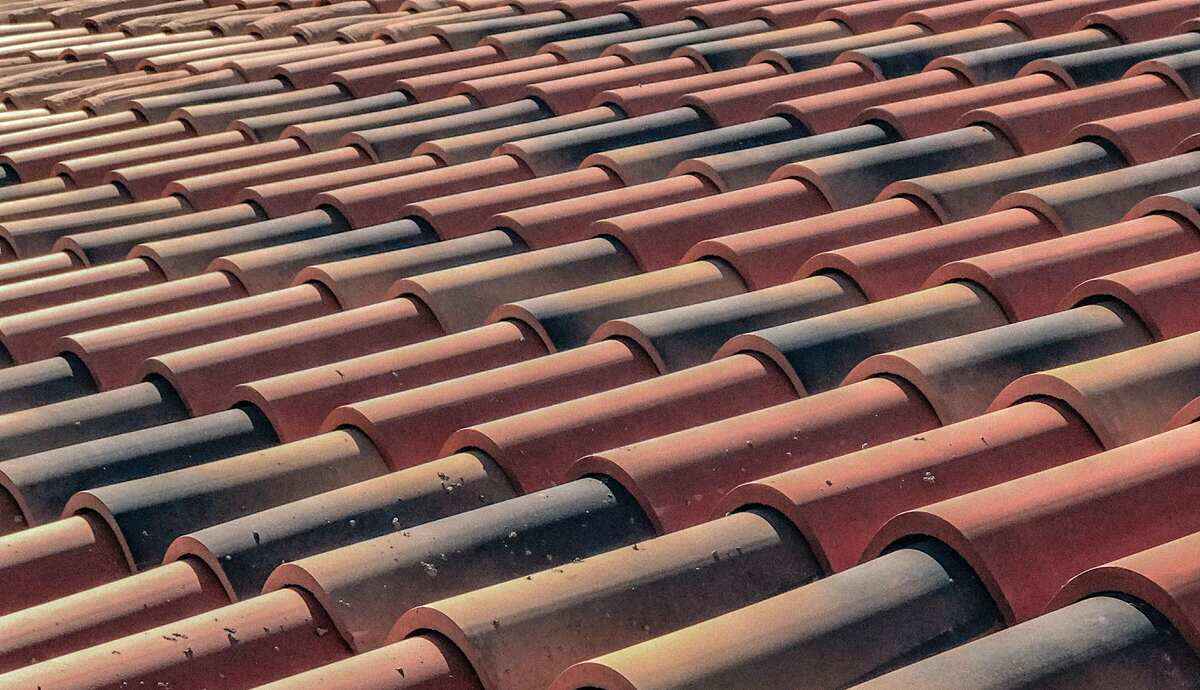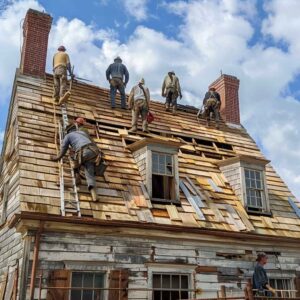Have you ever wondered which is better- slate or tile roofing? Both materials have strengths in durability, but the real test lies in their longevity and performance over time.
Choosing between these popular roofing options can significantly impact your home’s appearance, maintenance needs, and overall value. Let’s explore the pros and cons of slate and tile roofing to help you make an informed choice for your next roofing project. Consulting with a roofing expert can provide valuable guidance tailored to your specific needs and preferences, ensuring you select the most suitable roofing material for your coastal home.
Durability
When considering durability, slate roofing stands out for its longevity and resistance to weathering. Slate is a natural stone material used for centuries in roofing due to its exceptional durability. Unlike other roofing materials, slate can withstand extreme weather conditions, such as heavy rain, snow, and hail, without deteriorating quickly. This resilience makes slate roofing popular for areas prone to harsh weather.
Additionally, slate roofing is highly fire-resistant, adding extra protection to your home. The non-combustible nature of slate can prevent fires from spreading quickly, giving you peace of mind knowing that your roof provides an additional barrier against potential disasters.
Cost
Slate roofing’s durability and longevity may offset its higher initial cost when evaluating the overall cost-effectiveness of this roofing option. While slate roofing tends to be more expensive upfront than tile roofing, its lifespan of 75 to 100 years surpasses that of tile, generally lasting around 50 years. This means that although you may pay more initially for slate, you’re less likely to incur the cost of a roof replacement during your time in the home.
Additionally, slate roofing’s long lifespan can result in cost savings over time. Its durability means fewer repairs and maintenance expenses than tile roofing, which may require more frequent fixes. Slate roofing is often a cost-effective choice in the long run when considering the total cost of ownership, including installation, repairs, and replacements.
Maintenance
Considering the longevity and durability of slate roofing, maintenance requirements for this option are typically lower than those for tile roofing. Slate roofs are known for their resilience and can last over 100 years with minimal maintenance. The natural properties of slate make it resistant to mold, mildew, and pests, reducing the need for frequent upkeep.
In contrast, while still durable, tile roofing may require more maintenance over time. Tiles can crack or break due to extreme weather conditions or impact, necessitating repairs to ensure the roof’s integrity. Additionally, tile roofs may need resealing to prevent leaks and ensure proper insulation.
Aesthetics
For roofing that enhances the visual appeal of your property, both slate and tile options offer distinct aesthetic qualities.
Slate roofing presents a timeless and elegant look, adding a touch of sophistication to any home. The natural variations in color and texture of slate tiles create a unique and upscale appearance that can elevate the overall aesthetic of your property.
On the other hand, tile roofing comes in a wide array of styles, shapes, and colors, providing versatility to match different architectural designs. Whether you prefer the Mediterranean flair of clay tiles or the sleek modern look of concrete tiles, there’s a tile option to suit your taste.
Installation
Understanding the slate and tile roofing installation process is critical to ensure your roofing project is completed efficiently and effectively.
Due to the weight and fragility of slate roofing, installation can be more labor-intensive. Each slate tile needs to be carefully placed and secured, requiring skilled professionals to handle the process.
On the other hand, tile roofing installation is generally more straightforward and quicker than slates. Tiles are typically larger and interlock, making the installation process more straightforward.
Regarding tools and equipment, slate roofing installation often requires specialized tools such as slate cutters and drills to ensure proper fitting and secure attachment. Tile roofing, on the other hand, can be installed using more familiar tools like a tile cutter and fasteners.





